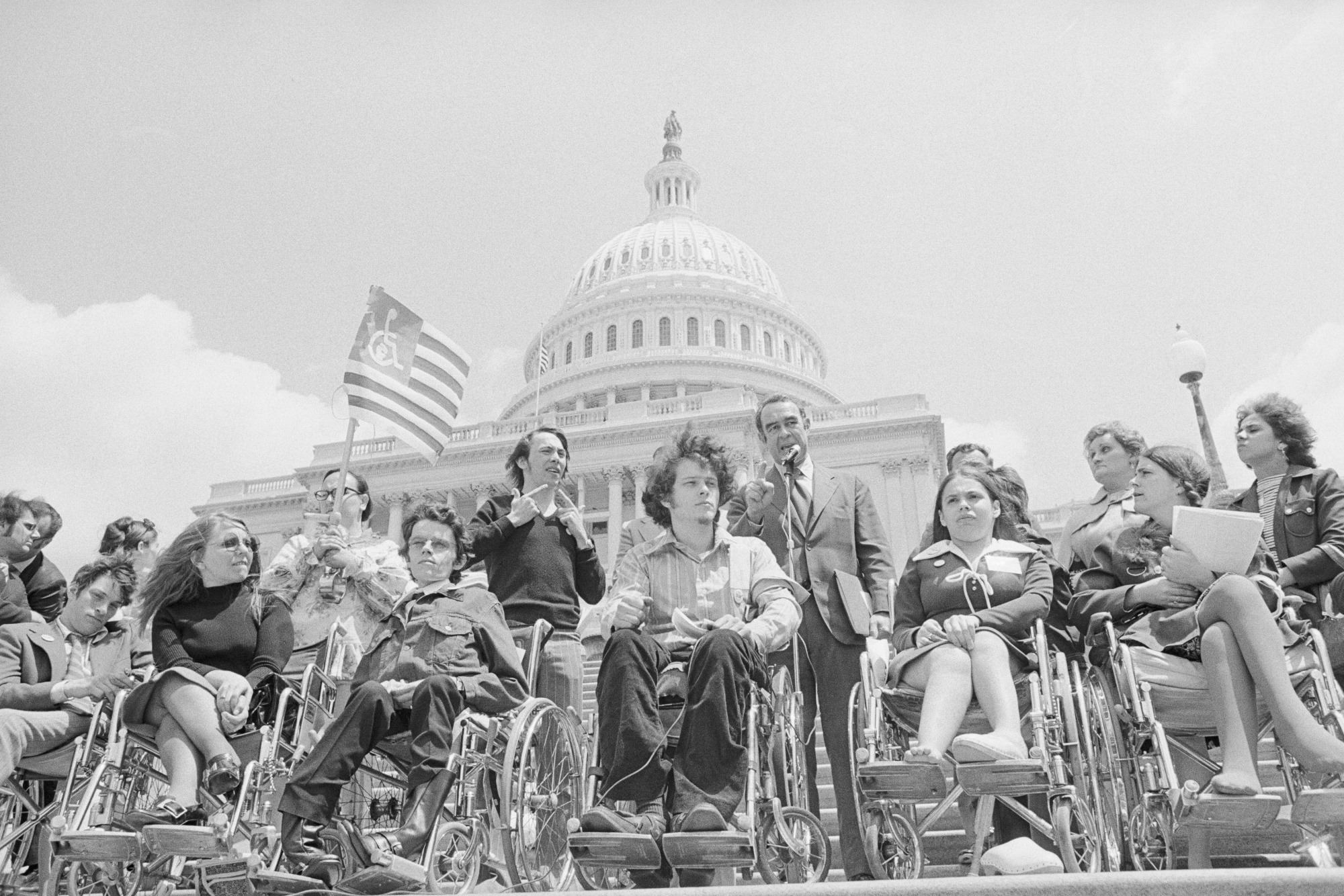
In the summer of Covid-19, sidewalks are expanding — making room for new outdoor restaurant seating or extending the square footage of existing dining areas much further, all the way into the street. In what used to be parking spaces, there are now tables and chairs, surrounded by cheery temporary fences and bunting, all to provide the social distancing that our new rules for public life require. The street itself is being temporarily remade. When my home city of Boston recently announced a new program for restaurants to request temporary ramps, guaranteeing wheelchair passage from the sidewalk to the newly commandeered parking spaces, I was thrilled — but not because of the novelty. The quest for accessible passage through the built environment is an old story, and its history is newly alive in the shifting shapes of our streetscapes in 2020. That forgotten history contains clues for reinventing street life that might be our best resources in a pandemic, and as the U.S. confronts a renewed national racial justice movement.
Source: https://www.bloomberg.com/news/articles/2020-08-05/how-the-ada-reshaped-urban-street-design
